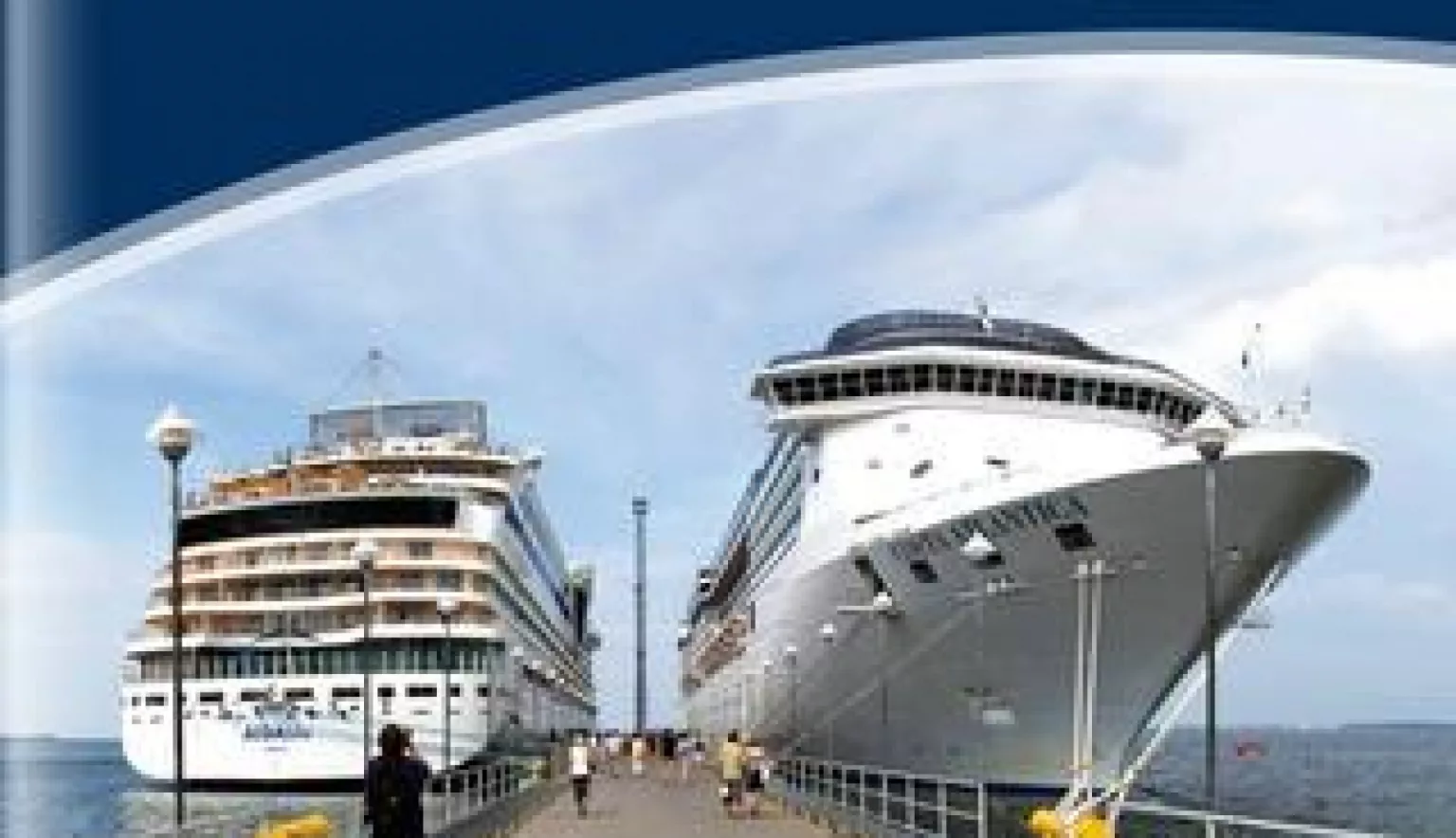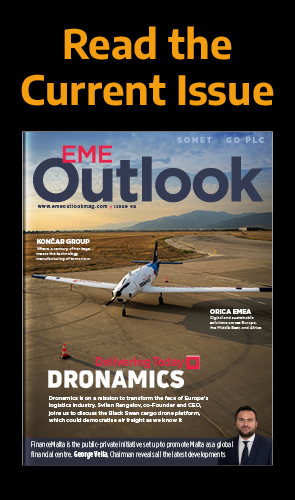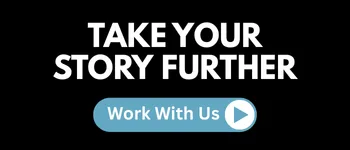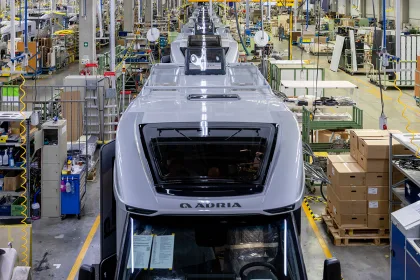The Port of Tallinn is meeting three of the logistics industry’s key megatrends in order to become one of the Baltic sea’s most innovative national portals.
ESTONIA’S GATEWAY
With an influential history that stretches back thousands of years, the Port of Tallinn’s role as a gateway between east and west, and north and south, is as prevalent today as it ever was.
Encapsulating much that is positive about the Estonian capital down the years, the growth of both the city and its leading port goes hand-in-hand with each’s development directly affecting the evolution of the other.
“The Port of Tallinn has such a long history but has existed as a state-owned entity since 1991,” introduces Chief Executive Officer, Valdo Kalm. “That being said, this year we are talking about listing a third of the Company on the Tallinn stock exchange, to affirm the fact that, despite being a private entity, it is very much run as a business.”
This business has expanded and diversified extensively in recent years, branching out from its traditional cargo operations to formulate a multi-faceted facility contributing to numerous strands of the Estonian economy.
Kalm continues: “We were traditionally known as a cargo port but are now renowned for operations across four main business areas.
“The biggest of these nowadays is geared towards passengers and cruise lines. Lines to Helsinki, Stockholm and St Petersburg are especially thriving and now contribute the biggest portion of revenue to our overall portfolio.”
Domestic ferry business along local lines forms a second value-added division of the modern-day Port of Tallinn, while the optimisation of real estate and industrial parks showcases the business’s ability to harness the wider opportunities generated by being a national gateway.
“Then finally, of course, is our cargo operations which are still going strong,” Kalm finishes. “We have two cargo ports in Estonia and one is among the biggest in the Baltics.
“Together, the four business areas combined showcase the Port of Tallinn’s diversity and ability to split revenues across more than one driver.”
AT THE CROSSROADS
Inevitably, by comprising so many significant contributors to a nation’s economy, and as a world-facing greeter to both tourists and business professionals, the Port’s importance to Estonia as a whole is sizeable.
It’s the biggest gate to the country having welcomed as many as 11 million passengers last year; the fourth largest influx in Europe.
Kalm elaborates: “We’re a hub, basically. A hub to the east and Russia, a hub to Central Europe, and a hub to Scandinavia. We have the perfect position at the crossroads between east and west, and south and north, which is great from both a passenger and cargo perspective.”
The biggest percentage of both emanate from neighbours, Finland who account for around 60 percent of passengers in particular, but significant links with the likes of Russia and Sweden further emphasise the scope of the Port’s influence.
And to this end, it has become ever-more imperative in recent years to become not only bigger from a capacity perspective, but also more efficient across every facet.
“The passenger element is a good example of this need to grow and also to become more efficient,” Kalm explains. “That line of business is a massive growth area so we need to support that growth and are doing so by building a new cruising terminal in Tallinn at the old city harbour. On the cargo side we have already engaged in quite a heavy investment programme and now have an excellent infrastructure.
“We can only expand so much though, and after that the best way to cater for demand is to become more efficient, rather than just bigger. There are around 30 harbours and ports around the Baltic sea and it is in these areas of enhanced efficiency and speed that we are looking to differentiate ourselves.”
Driving this agenda is a strong workforce geared towards innovation, optimisation of advanced technologies and operational excellence. And the Port of Tallinn has endeared itself as an employer of choice by not only providing a thriving platform for these attributes to succeed, but by then motivating and remunerating the most talented individuals accordingly.
MEGATRENDS
“Ultimately, smart people want to be part of the Port of Tallinn story, and involved in the trend curve,” Kalm emphasises. “We have an internal vision to become the most innovative port in the Baltic sea and this requires the requisite people able to both react to, and drive industry megatrends.”
The first of these megatrends is the sheer size of the vessels entering the ports, and the Port of Tallinn has already responded in kind by expanding its facilities to be able to accommodate it.
“The second and perhaps biggest trend though, is digitisation and automation,” Kalm states. “We’ve again addressed this through initiatives like our smart port application being used in our passenger port. This involves giving passengers more control while their own vehicles’ admissions are automated.
“On the cargo side, it has also involved the complete digitisation of the logistics chain. We have been very active on this front in speeding up vessels’ declaration of entry to the port, and communications with customs.”
The Port is currently running a pilot for digitisation of railways and truck routes to fully digitalise all aspects of the site’s logistics chain, having become one of the business’s most concerted investment areas.
The final megatrend then addresses environmental requirements. Rather than simply meeting legislated expectations though, the Port is looking to turn the trend into its favour and is doing so through its own dedicated arm, Green Marine. Resultantly ensuring the complete recycling of all waste across the Port, the Company is once again demonstrating an ability to not just adhere to trends, but to be pioneers in overcoming them.
“If we look two or three years ahead we can measure our success in terms of executed plans and visions in line with these megatrends,” Kalm concludes. “We are pioneers, and it’s all paying off in terms of statistics.
“Last year we welcomed more than 11 million passengers, 20 million tonnes of cargo and a further 2.3 million passengers through our own local, domestic lines. These are key figures not just from a business growth perspective, but as testaments to our pioneering, innovative nature.”



































